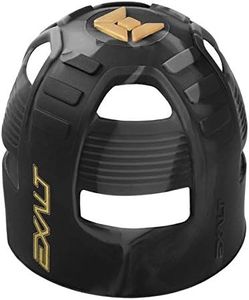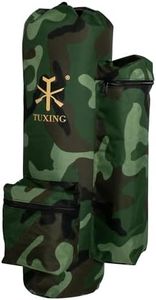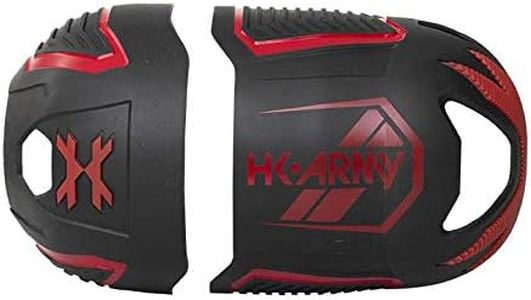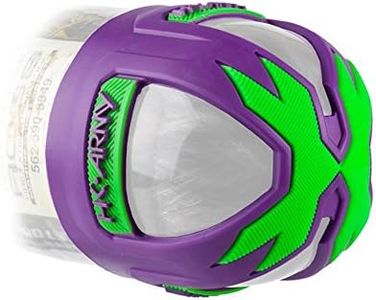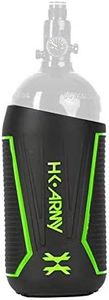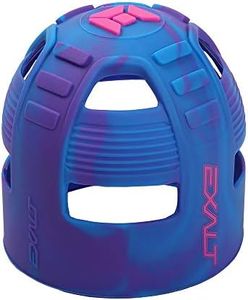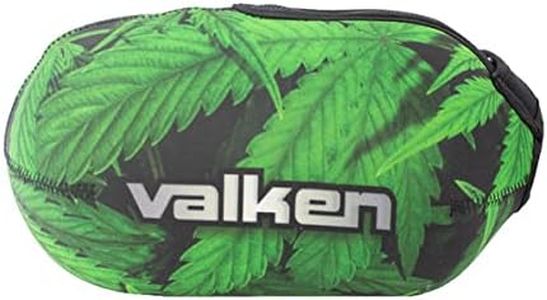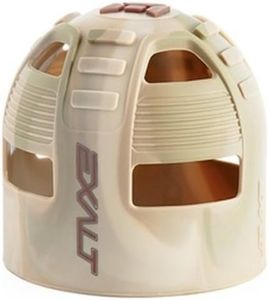We Use CookiesWe use cookies to enhance the security, performance,
functionality and for analytical and promotional activities. By continuing to browse this site you
are agreeing to our privacy policy
10 Best Paintball Tanks
From leading brands and best sellers available on the web.Buying Guide for the Best Paintball Tanks
Choosing the right paintball tank is important for both your performance and comfort during games. Paintball tanks supply the air or CO2 needed to shoot the paintballs, so picking the right one can affect your marker's efficiency, shot consistency, and how easy it is to handle your gear. To find the best fit, it's important to think about how often you play, your style of play, and the kind of marker you have, as all these factors help determine which tank will work best for you.Tank MaterialThe material of a paintball tank determines its weight, strength, and sometimes its lifespan. The most common types are aluminum and carbon fiber. Aluminum tanks are usually heavier and less expensive, making them suitable for casual and beginner players who don't mind a bit of extra weight. Carbon fiber tanks are lighter and can hold higher pressure, which makes your setup less tiring to carry during longer games and allows for more shots per fill. Pick a tank material based on how important weight and maneuverability are to you, and how much you're willing to carry during play.
Pressure Rating (PSI)Pressure rating means the maximum air pressure the tank can safely hold, usually measured in PSI (pounds per square inch). The two common ratings are 3000 PSI and 4500 PSI. A 3000 PSI tank holds less compressed air, resulting in fewer shots per fill, while a 4500 PSI tank can give significantly more shots and is lighter if made of carbon fiber. If you want longer playtime before refilling, or if you play in scenarios where frequent refills are hard, go for a higher pressure tank. However, ensure your local fields or fill stations can support the pressure you choose.
Tank Capacity/Size (Cubic Inches)Tank capacity is usually given in cubic inches and indicates how much air or CO2 the tank can hold. Common sizes include 48, 68, 77, and 88 cubic inches. A larger tank provides more shots per fill, but it adds to the bulk and weight. Smaller tanks are easier to maneuver and lighter, which can help with speed and agility. When deciding, think about how many shots you typically use in a game and how much weight you're comfortable carrying. A good rule is to match the tank size to your usual play duration and your physical comfort.
Air Type (CO2 vs. HPA/Nitro)Paintball tanks run on either CO2 or high-pressure air (HPA), sometimes called compressed air or nitro. CO2 is cheaper and widely available but can be affected by temperature and cause inconsistent performance, which matters most in advanced markers. HPA provides more consistent pressure and better performance, especially for electronic or high-end markers. If your paintball marker is designed for both, think about the typical weather where you play and your performance needs: HPA is better for serious, frequent players, while CO2 is a solid choice for beginners or casual users.
Regulator and Output PressureThe regulator controls how much air leaves your tank and goes into your marker. Tanks come with either a high or low output pressure regulator. Most modern markers work well with either, but some specific models might need a particular output pressure. High-pressure output (around 800 PSI) is more universal, but low-pressure (around 450 PSI) can be better for certain electronic or tournament markers. Always check your marker's manual or ask at your local field if you're unsure. Choosing the right output pressure ensures reliable, consistent shooting and protects your marker from damage.
